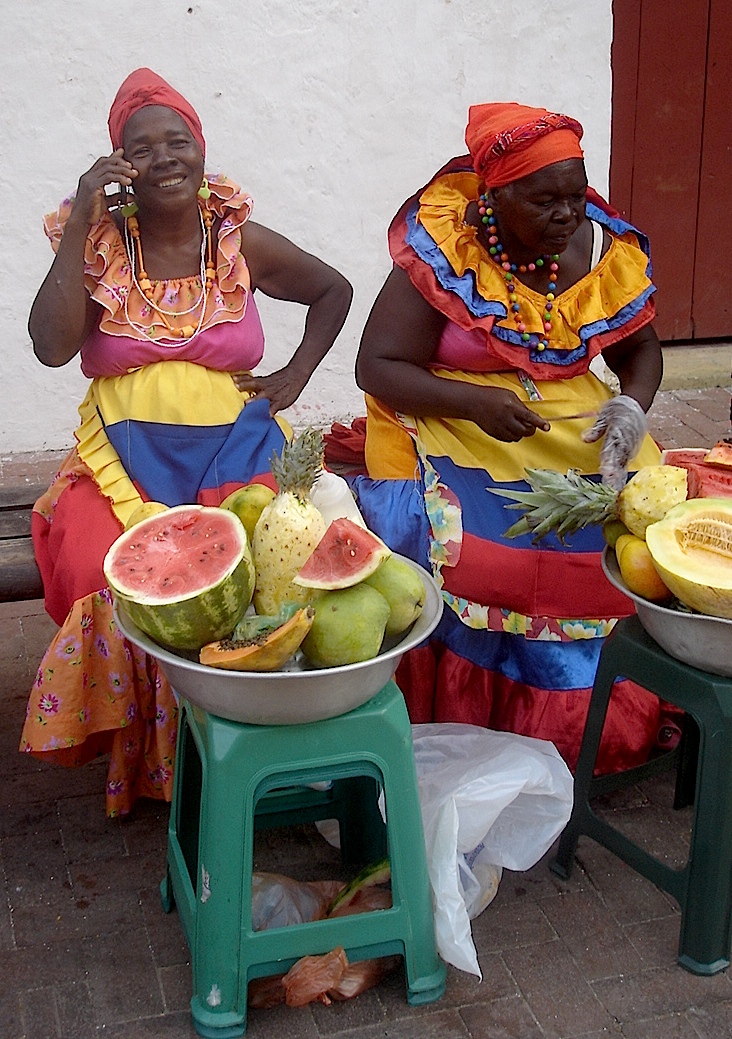 The underlying sense of ‘belonging’ and ‘connectedness’ to a social group can play a key role in the ability of vulnerable communities to cope with and recover from the impacts of climate change.
The underlying sense of ‘belonging’ and ‘connectedness’ to a social group can play a key role in the ability of vulnerable communities to cope with and recover from the impacts of climate change.
Acknowledging the linkages between cultural identity and climate change resilience is particularly relevant within vulnerable developing contexts given the richness of their traditional knowledge and cultural heritage, the need for innovative responses to the challenges posed by climate change, as well as the new opportunities provided by Information and Communities Technologies (ICTs) to access, assess and use information and knowledge.
The notion of cultural identity is linked to the way in which we relate to the customs, practices, languages and worldviews that define a group or territory. It involves the conservation of social memory, the generational transfer of indigenous knowledge, the ability of a community to self-organise around common interests and shared values, and the maintenance of social networks that are based on trust and solidarity, among others.
All of these factors are pivotal in the capacity of vulnerable communities to deal with change and uncertainty, and to build resilience in the face of climate change.
The rapid diffusion of ICTs such as mobile phones and the Internet, and the growing adoption of social networking sites (e.g. Facebook, MySpace), online communities and social media tools (e.g. Blogs, photo and video sharing, Wikis), have prompted new ways of creating, re-constructing, seeking, strengthening and challenging cultural identities.
The use of ICTs, including the exposure to and interaction with global or expanded networks, can change the way in which we see ourselves and interact with others, and thus influences cultural identities. On the one hand, the use and appropriation of ICT tools can contribute to strengthen cultural identity through the documentation and sharing of indigenous knowledge and traditions, the production of local content, the improved access to updated information for decision-making, the facilitation of self-organisation processes, and the consolidation of effective communication networks, among others. But on the other, the increased penetration of ICTs could undermine the cultural identity of marginalised rural communities by introducing new forms of exclusion, or by fostering homogenization, youth migration, or the adoption of external practices and values that weaken or even contradict traditional customs.
So, how could ICTs help to strengthen cultural identity & build resilience within vulnerable contexts affected by climate change?
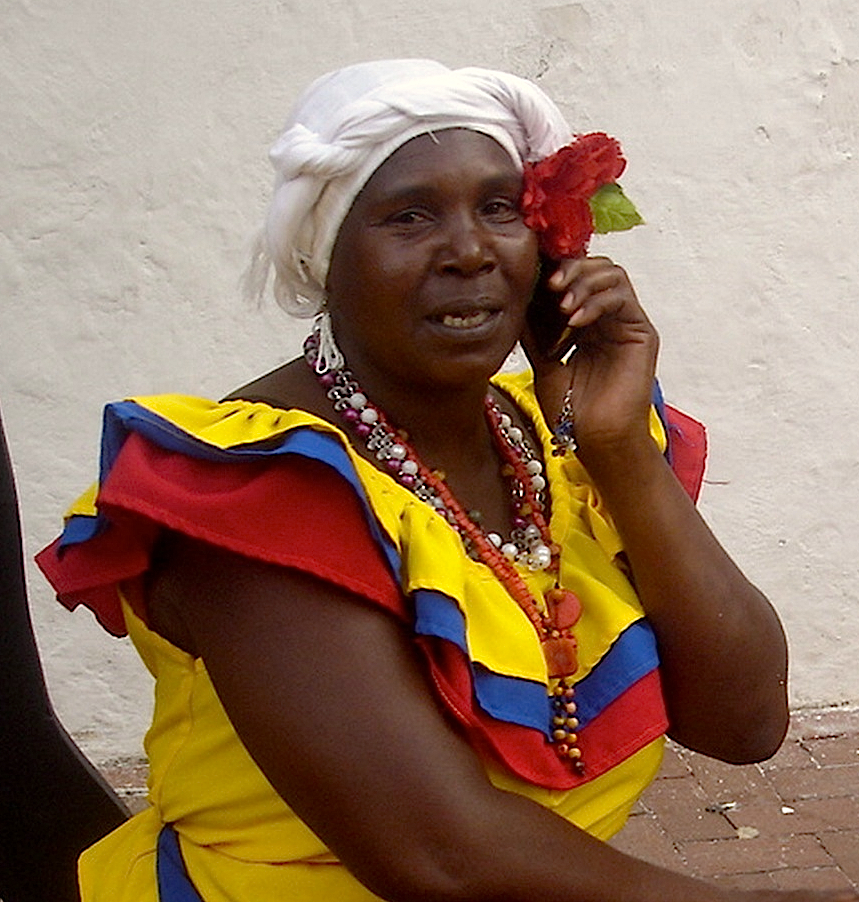 Much as the impact of climatic disturbances, the linkages between cultural identity, resilience & ICTs are complex and multi-dimensional. A series of short documentary films produced by LifeMosaic provide very useful indications of the importance of cultural identity within processes of resilience building. A 22 minute video called “Resilience’’ shows how indigenous communities can strengthen their resilience to climate change by building on key components of their cultural identity (traditional knowledge, customary law and local agricultural systems).
Much as the impact of climatic disturbances, the linkages between cultural identity, resilience & ICTs are complex and multi-dimensional. A series of short documentary films produced by LifeMosaic provide very useful indications of the importance of cultural identity within processes of resilience building. A 22 minute video called “Resilience’’ shows how indigenous communities can strengthen their resilience to climate change by building on key components of their cultural identity (traditional knowledge, customary law and local agricultural systems).
While the role of ICTs is not explicitly addressed in the video, it offers an opportunity to reflect on five key areas in which ICTs could contribute to resilience building while strengthening cultural identities:
(a) ICTs used to Archive and Disseminate Collective Memory
Maintaining and sharing a collective memory is an important component of cultural identity. By helping to record and disseminate local practices and traditional knowledge, ICT tools can contribute to the preservation of traditions and the inter-generational transference of cultural values.
(b) ICTs used to Produce, Access & Apply Relevant Knowledge
The ability to produce and disseminate local content, as well as to access information and knowledge that responds to local priorities contribute to strengthen cultural identity and decision-making processes in the face of climate change. ICT tools can facilitate the production of local content in creative, user-friendly formats (e.g. photo-stories and audio blogs), as well as the translation of relevant scientific content into local languages, fostering the participation of communities in adaptation processes.
(c) ICTs used to Foster Diversity
Diversity is one of the main attributes of resilient systems, and also an important component of strong cultural identities. ICT tools –such as Web pages, online communities and radio programs- can be used to ‘give a voice’ to local diversity, by sharing the adaptation needs and experiences of diverse members of the community. ICTs can also facilitate the sharing of new and traditional adaptation practices between communities at the regional, national and global level, fostering dialogue, learning and tolerance between diverse groups. ICTs can also be used in support of alternative adaptation practices that are linked to traditional customs (such as the diversification, protection and exchange of seeds).
(d) ICTs used to Strengthen Social Networks & Self-organisation
The use of mobile phones, text messages, e-mail and community radio can contribute to supplement and strengthen social networks, including the interaction and preservation of cultural links with migrant or geographically dispersed community members –who play a key role in mobilizing support and helping locals to cope with the effects of climatic disturbances. Tools such as Geographic Information Systems (GIS) and Web-based mapping applications can contribute to the monitoring of local resources, facilitating the self-organisation of community members around the protection of water sources, forests and other common interests.
(e) ICTs used to Empower Youth
New generations play a pivotal role in the continuity, re-construction and renewal of cultural identities. ICT applications such as online training can help to strengthen the capacity and the confidence of local youths to adapt to the changing circumstances posed by climate change. ICTs tools can also provide access to relevant information about rights and responsibilities in the management of natural resources, fostering youth leadership and pro-active engagement in these processes.
Emerging research and experiences suggest that ICTs can play a supportive role within processes of climate change adaptation, including the strengthening of cultural identity as an important component of resilience building. The sense of ‘belonging’ and ‘connectedness’ that ICTs enable can contribute to reduce the anxiety and uncertainty associated with climate change impacts, as well as to improve the local responses through stronger networks, flexibility and self-organisation, among others.
While the global scope and openness of ICTs can make them valuable tools for communities to resist homogenizing trends and reconfirm their cultural identity (Diamandaki, 2003), issues of limited access, lack of relevant content, training and effective appropriation are among the challenges that still need to be addressed in order the benefit from their full potential.
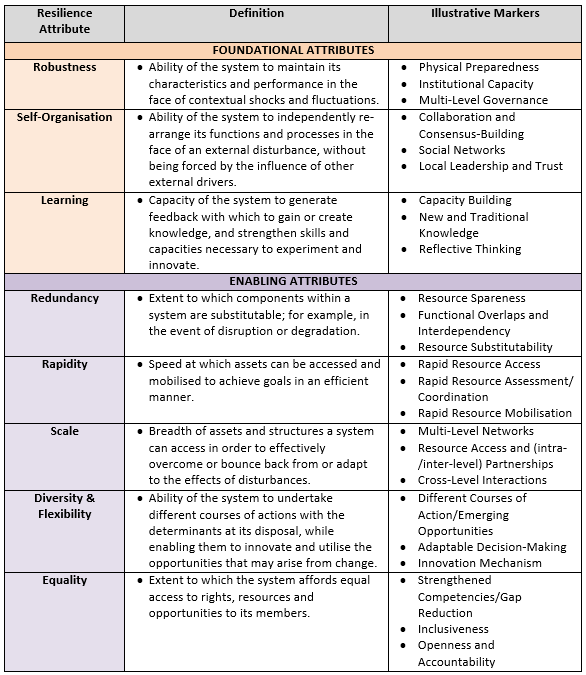
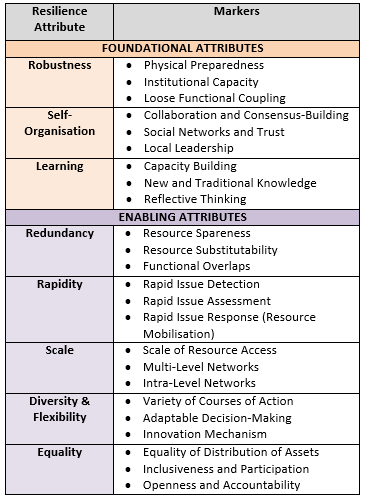
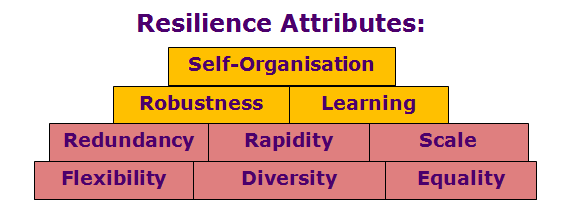
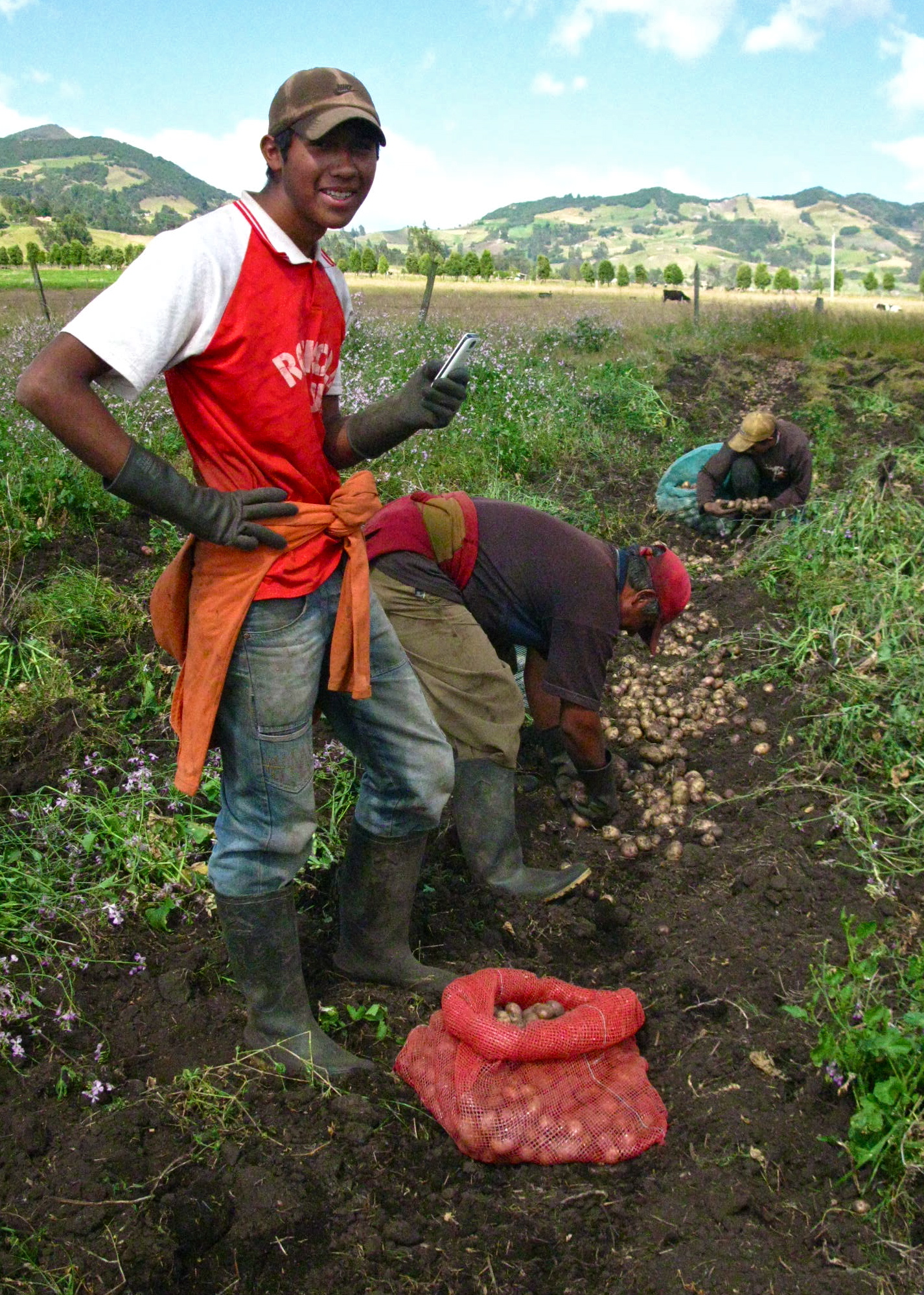

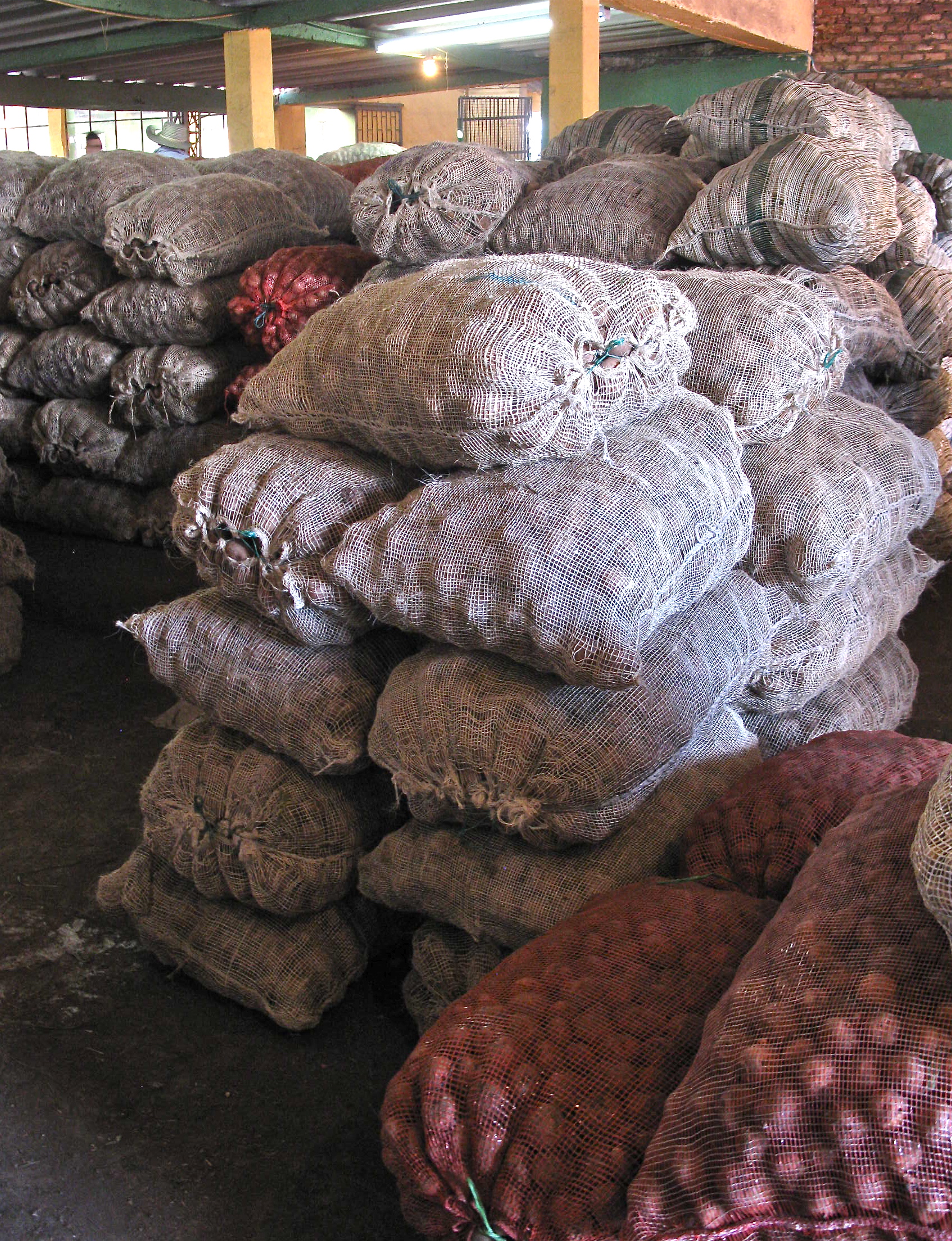
 The underlying sense of ‘belonging’ and ‘connectedness’ to a social group can play a key role in the ability of vulnerable communities to cope with and recover from the impacts of climate change.
The underlying sense of ‘belonging’ and ‘connectedness’ to a social group can play a key role in the ability of vulnerable communities to cope with and recover from the impacts of climate change. Much as the impact of climatic disturbances, the linkages between cultural identity, resilience & ICTs are complex and multi-dimensional. A series of short documentary films produced by
Much as the impact of climatic disturbances, the linkages between cultural identity, resilience & ICTs are complex and multi-dimensional. A series of short documentary films produced by  Dealing with change requires the capacity to self-organise, while embracing novelty and experimentation.
Dealing with change requires the capacity to self-organise, while embracing novelty and experimentation.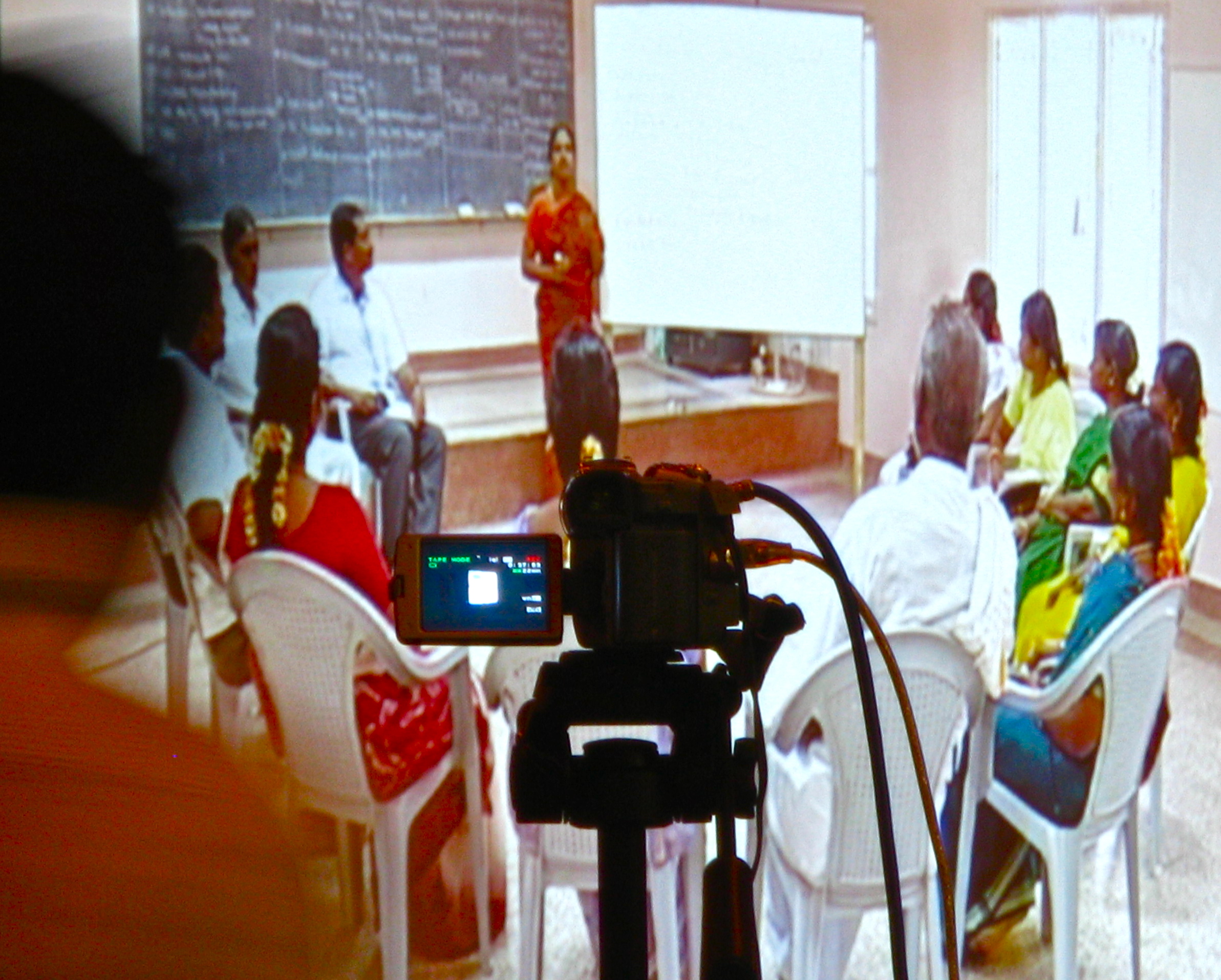 The increasing role of these communities in the response to climate change-related events reminds us of the importance of volunteerism, self-organisation, and ultimately, of community engagement towards more resilient and adaptable systems.
The increasing role of these communities in the response to climate change-related events reminds us of the importance of volunteerism, self-organisation, and ultimately, of community engagement towards more resilient and adaptable systems.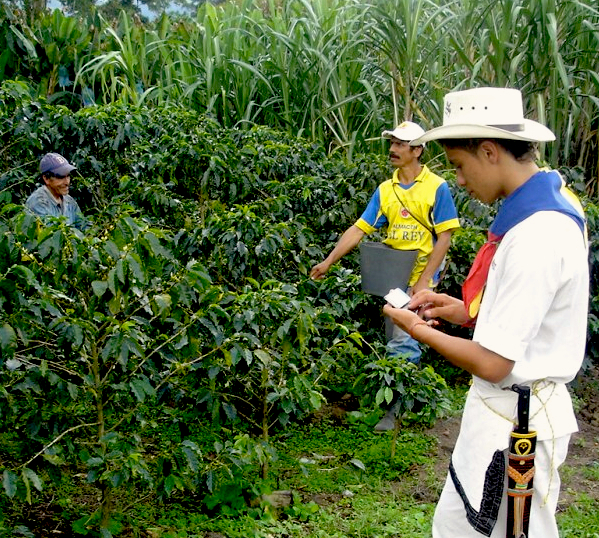 Amidst the magnitude and uncertainty that characterizes the climate change field, trust is a topic that is often overlooked, despite being one of the cornerstones of resilience building and adaptive capacity.
Amidst the magnitude and uncertainty that characterizes the climate change field, trust is a topic that is often overlooked, despite being one of the cornerstones of resilience building and adaptive capacity.

 Remembering plays an important role in times of change. It provides us with the necessary experience to move forward and with sources to seek renewal and re-organisation, which in turn are crucial for building resilience and strengthen the capacity of vulnerable communities to adapt to the effects of climate change.
Remembering plays an important role in times of change. It provides us with the necessary experience to move forward and with sources to seek renewal and re-organisation, which in turn are crucial for building resilience and strengthen the capacity of vulnerable communities to adapt to the effects of climate change. The concept of Resilience occupies an increasingly prominent place within the climate change debate.
The concept of Resilience occupies an increasingly prominent place within the climate change debate.